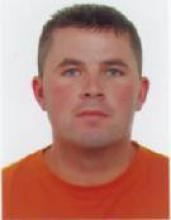
Knowledge of temporal and spatial variations of the refractivity in the lowest part of the atmosphere is of importance in numerous fields, such as meteorology and electromagnetic wave propagation coverage prediction. Nevertheless, the most commonly used techniques such as radiosonde launches, radio occultation techniques using a GPS signal or the use of signals of opportunity (Broadcast signals) are not able to provide enough spatial or temporal resolution and they are not suitable for measuring near surface refractivity. Recently, it has been shown that refractivity can also be obtained from radar response to stationary ground targets over flat terrain. This method to retrieve the refractivity is based on phase measurements, in particular, on measurements of phase variation between responses from different stationary targets at different instants of time and has the advantage of being able to achieve high spatial and temporal resolution. In this presentation, a brief overview of this method adapted to local conditions will be given.
Rubén Nocelo received the Telecommunication Engineering Degree and Signal Theory and Communications M.Sc. from the Universidade de Vigo (Spain) in 2009 and 2013 respectively. Since 2010, he has been working as a Research Engineer for the Radio Systems Group on white space devices and health remote monitoring of aging people issues. Currently, he is a Ph.D. student on Information and Communications Technology. His main research interests are focused on Weather Radar applied to Atmospheric Propagation.




